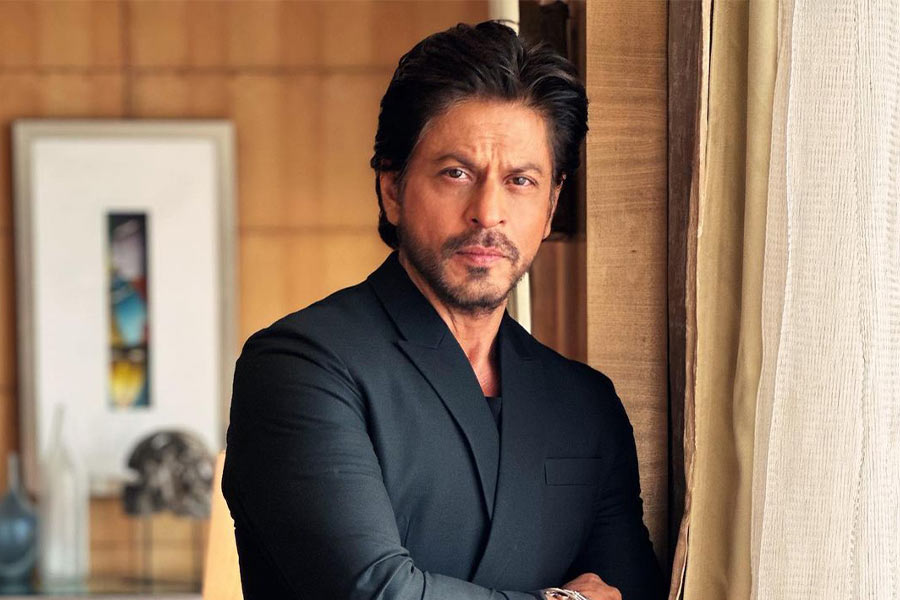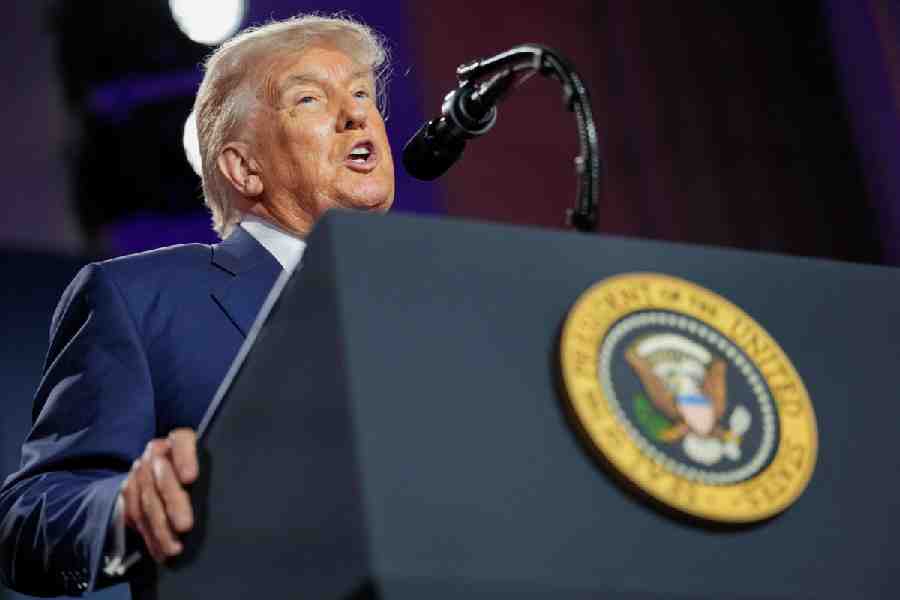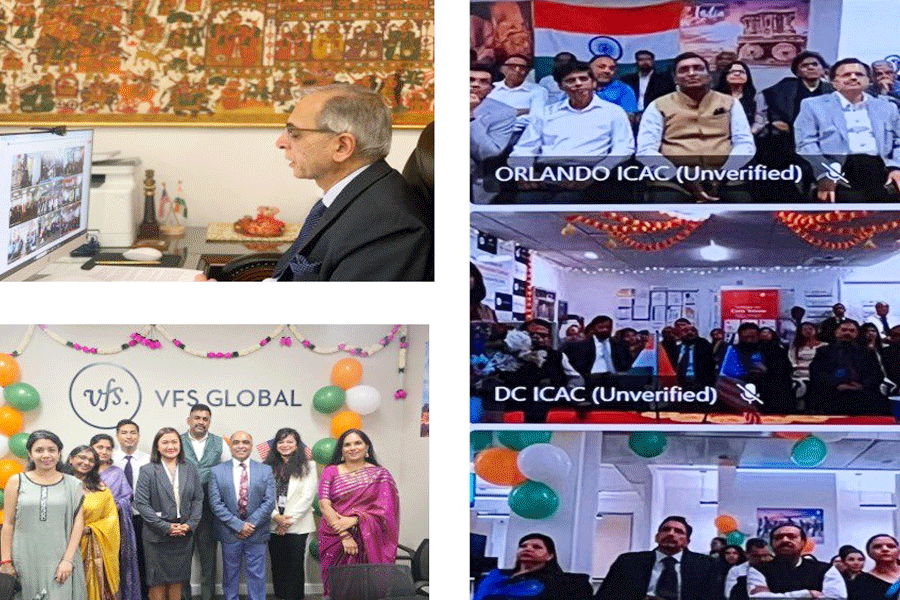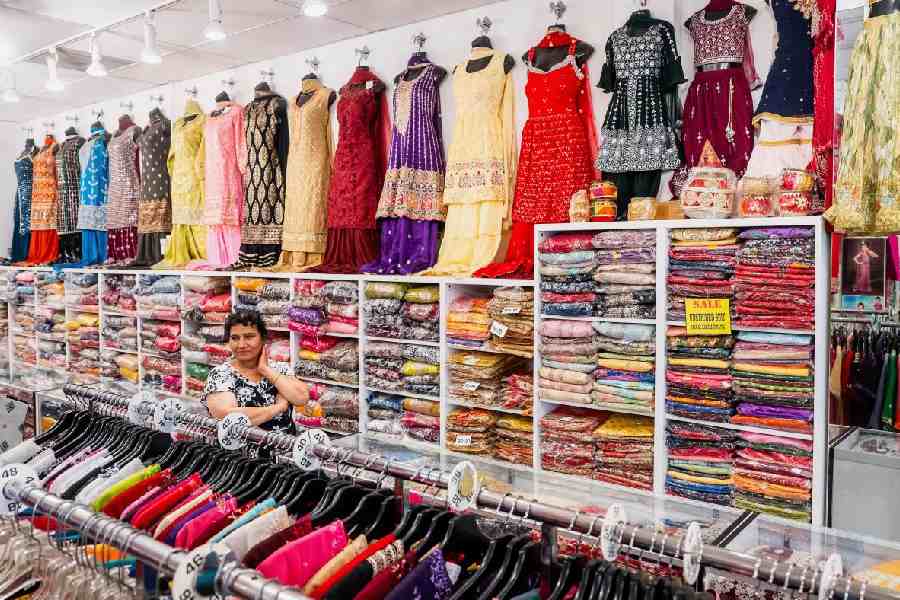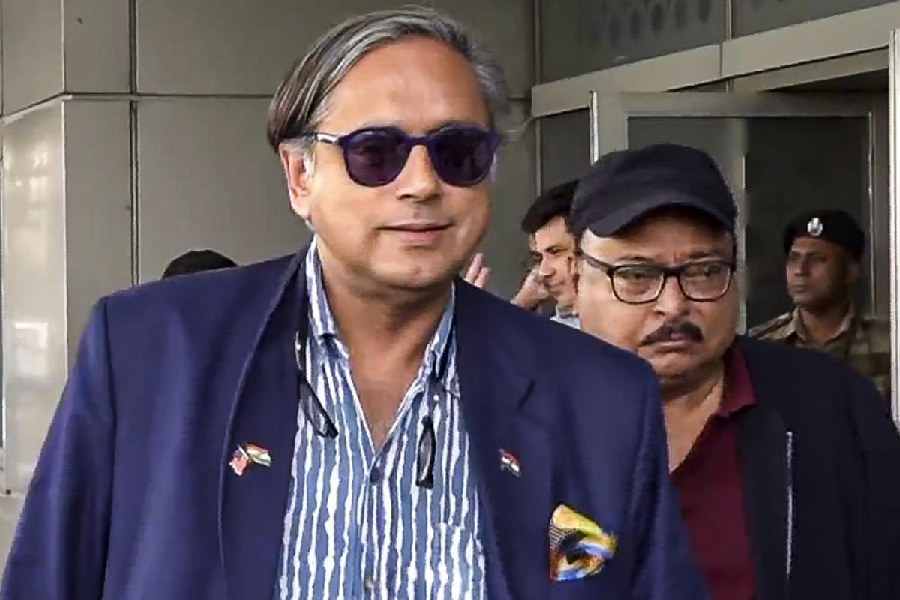
It took some time to get made but every minute that has gone into the making of Kadambari has been worth it. In fact, even the delay in production has been a blessing,” says the writer-director. Before flying back to his Miami home, Suman Ghosh sat down with t2 for a post-mortem of the film that is bringing the crowds in...
Dhobi Ghat at 96 minutes was talked about because of its length. Kadambari is just 88 minutes. Isn’t that too short for a feature film experience?
Actually none of my films have crossed 100 minutes. That might be because my primary schooling in movies comes from the world cinema that I have seen in the last many years. Not that I ever calculate the projected length when I am writing the script. Also I believe that 90 per cent of the Bengali films being made out there can easily lose half an hour. I would rather be on the shorter side of things than just dragging along. There’s a lovely line in Sidney Lumet’s book Making Movies: “If you make a film for more than two hours, it better be very good!” Also, the exhibitors and distributors in Calcutta loved the length, giving them more options for programming. And I haven’t yet had any complaints from the audience.
You start the film with Kadambari’s suicide and then you come back to the death in the end. That gives a dramatic start but also robs the film of any kind of escalation in the climax. Did you take it for granted that all your viewers would anyway know that Kadambari killed herself?
Kadambari’s death is perhaps the most talked-about aspect of her life. It’s kind of ingrained in the Bengali psyche. But my intention was never to sensationalise the suicide. I wanted to highlight other aspects about her life and what led to her killing herself, aspects which are usually missing in Bengali literature. Usually it’s always a very simplistic reasoning that’s given. Also, I believe this completion of the cycle from death to death is very satisfactory for the viewer, although it’s heavily overdone these days.
After that suicide start, you have this longish childhood phase where child actors play Kadambari and Rabindranath Tagore. Didn’t you feel like bringing in your leads — Konkona Sensharma and Parambrata Chattopadhyay — earlier into the film?
Much of the childhood events are directly from Tagore’s own writings describing his interactions and bonding with Kadambari as kids. So there was a lot of material for me and the obvious temptation to keep them in the film. I also believed that the childhood phase was extremely important for what happens later. Yes, you are right I was deliberating whether to bring the stars of my film, Param and Konkona, earlier.... But then again I can tell you I made this film very honestly and whatever flowed organically, I let it stay.
The sexual subtext of the film is not very clear. That scene when Kadambari is lying in bed with husband Jyotirindranath Tagore, what is their age then?
I believe at that point she is nine and he is 21.
Okay, now Koushik Sen, who plays Jyotirindranath, does not look 21. So that moment is a little creepy because you are not sure whether he would make a sexual advance as a husband…
Yes, I was conscious of that and that would have surely looked very paedophilic.... She just hugs him tight at the end of the scene.
But then you don’t show or even hint at any sexual relationship or the lack of it between the husband and the wife almost throughout the film, even when Kadambari is a grown woman. Isn’t that an essential aspect of the film given that she gets attracted to another man?
I have done thorough research on the subject and nowhere is their sexual life mentioned. And I didn’t want to create things because I was dealing with someone like Rabindranath Tagore. I only went with facts and, of course, Sunil Gangopadhyay’s Prothom Alo and Mallika Sengupta’s Kobir Bouthan. What I did show was that Kadambari was ridiculed because she and Jyotirindranath didn’t have a child. I would like to believe that my film is a mild criticism of Thakurbari, trying to explore the many dark layers under the apparent liberalism or the so-called progressiveness. Today if a couple don’t have a child, both parents are tested. MaybeJyotirindranath was impotent but during those times and especially in that family he was never questioned.
Coming to the relationship between Kadambari and Rabindranath, the only physical intimacy they share in your film is a hug. Is that too a result of what the research threw up?
It’s not just a hug. And here I will give all the credit to Konkona. Before that scene I took both her and Param aside and told them that this is the only scene where Kadambari and Rabindranath are physically close and there should be an erotic element somewhere. I gave both of them the reference of that great scene in Saat Paake Baandha, when Suchitra Sen tears a part of Soumitra Chatterjee’s panjabi. Aami oto barabari-o chaini (I wanted it to be toned down, though). I let them do their own thing and that is where the genius of Konkona came into play.
So, that night when Rabindranath comes back to Kadambari in Chandernagore, the first reaction was very motherly on her part because he had just come a long way braving a very stormy night. But when he says, “Tomar jonmodin aami bhulini, Bouthan”, she completely melts. Then there’s the hug, which is a ‘harmless’ hug. Then they look at each other, very still, as if they are going to kiss. And then what Konkona does is press her nose against his chest. That I thought was quite a masterstroke on her part.... The audience can imagine what could have happened next.
Wouldn’t it have helped if you showed what happened next or what might have happened next?
No, I don’t think so. And I am not being a prude here. But I really don’t think it would have added anything. Of course, I was aware that I was writing and filming an episode in the life of Rabindranath Tagore, so I couldn’t possibly have been irresponsible. But even if it weren’t Tagore, I wouldn’t have shown any lovemaking. Today, Bengali cinema may be all about gimmicks and titillating the audiences, I am not into that. And I am so happy that Kadambari without any gimmick or titillation is doing so well at the box office. Audience ke “khaoano” jaay naa.
Tagore’s Nashta Neer, made into Charulata by Satyajit Ray, was supposedly based on the Jyotirindranath-Kadambari-Rabindranath relationship. But your film has no visual or dialogue reference to Charulata. Was that deliberate?
Yes I deliberately avoided any celebrated imagery from Charulata. Looking through the opera glasses, the lonely wife on the swing… the images came very naturally to our period and setting but I didn’t want unnecessary comparisons with Charulata.
You don’t show the impact Kadambari’s death has on Rabindranath. Why?
When I show Kadambari’s death at the start, I have a shot of a pensive Rabindranath against the sun but when I repeat the death shots at the end of the film, I don’t repeat that shot of Rabindranath. It would have been very simplistic, connecting Kadambari’s death to Rabindranath. But my intention of making the film is not that. Her decision to kill herself was not just centred around her relationship with him. It was so much more. If I would have kept that shot of Rabindranath in the end, it would have looked like a director’s statement and that’s not the statement I wanted to make.
The best thing I liked about Kadambari is that despite it being a period piece, there is a sense of modernity throughout, never alienating the audiences like many period films do…
Glad that you mention it because I always wanted to tell a human story and not make a period piece with a typical colour palette and a certain old-school acting style. I was very clear about that and shared that vision with my cast and crew at the outset. Charulata feels very adhunik even today. Shakespeare in Love was another big inspiration. The whole challenge was to take the periodicity out of the period film.
Finally, how do you defend Param’s beard?
(Smiles) There’s no shame in accepting a mistake. As you know, the film’s shooting happened over many schedules, due to various unforeseen reasons, and I couldn’t possibly ask my actors to not do other films in the interim. It was very difficult to recreate that beard. But here I would also like to add that because of the delay in production, I got the idea of the opening credits, which is now being loved and lauded by everyone — Ustad Amjad Ali Khan’s sarod intercut with the wedding scenes. It was never in the planning. I came up with the idea much later and thankfully we hadn’t finished shooting by then because production had got stalled. There’s a blessing in everything.


